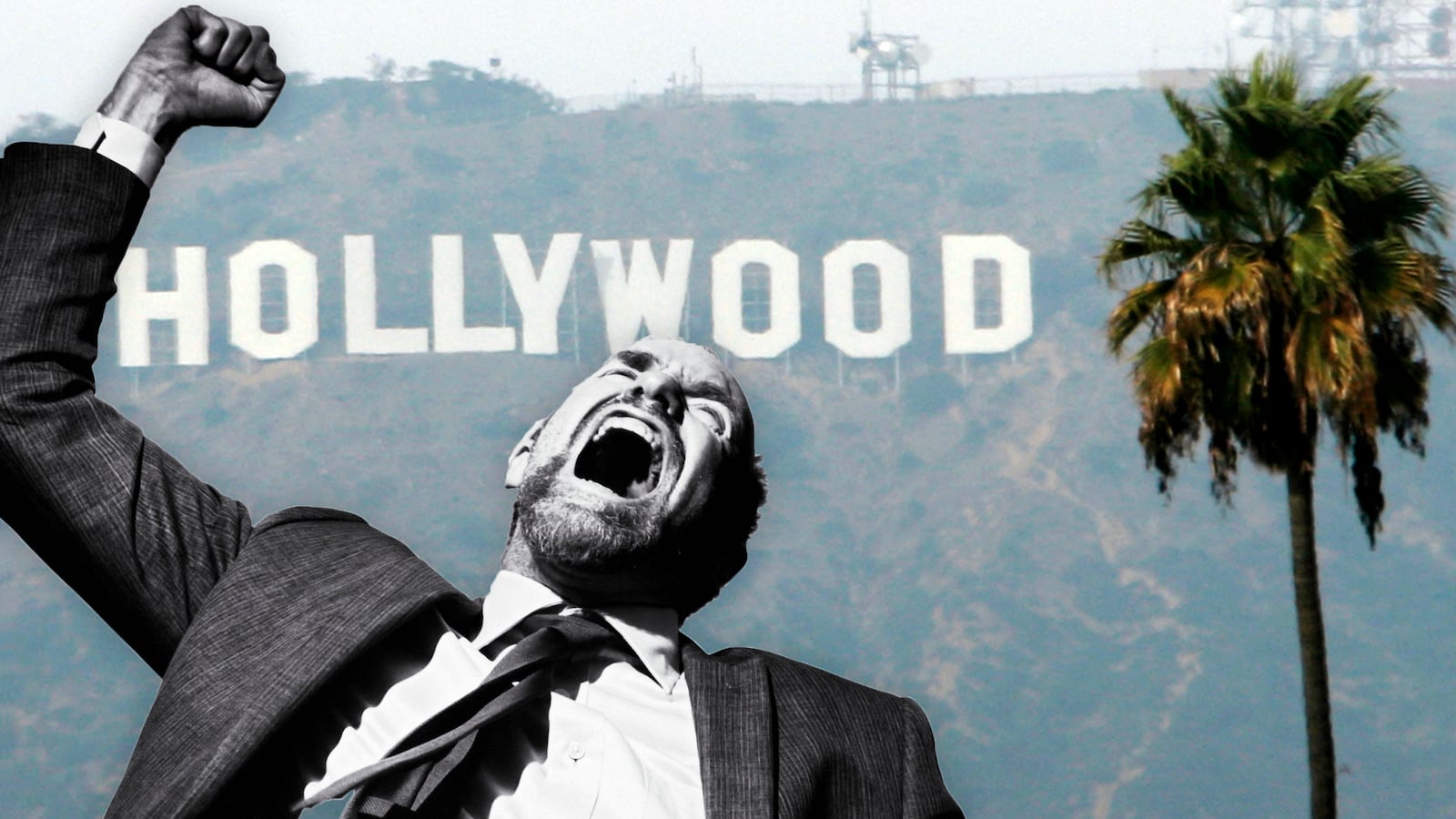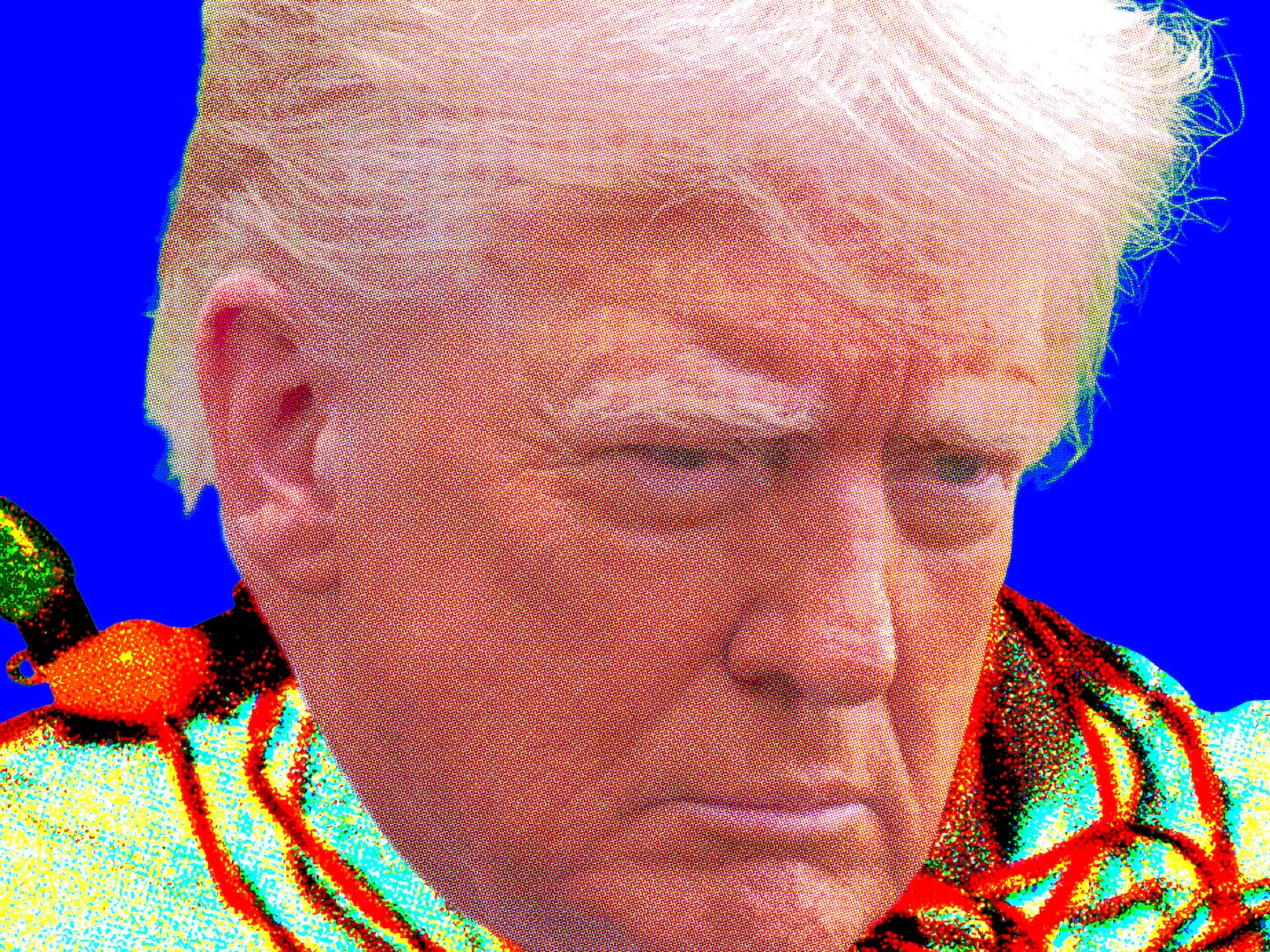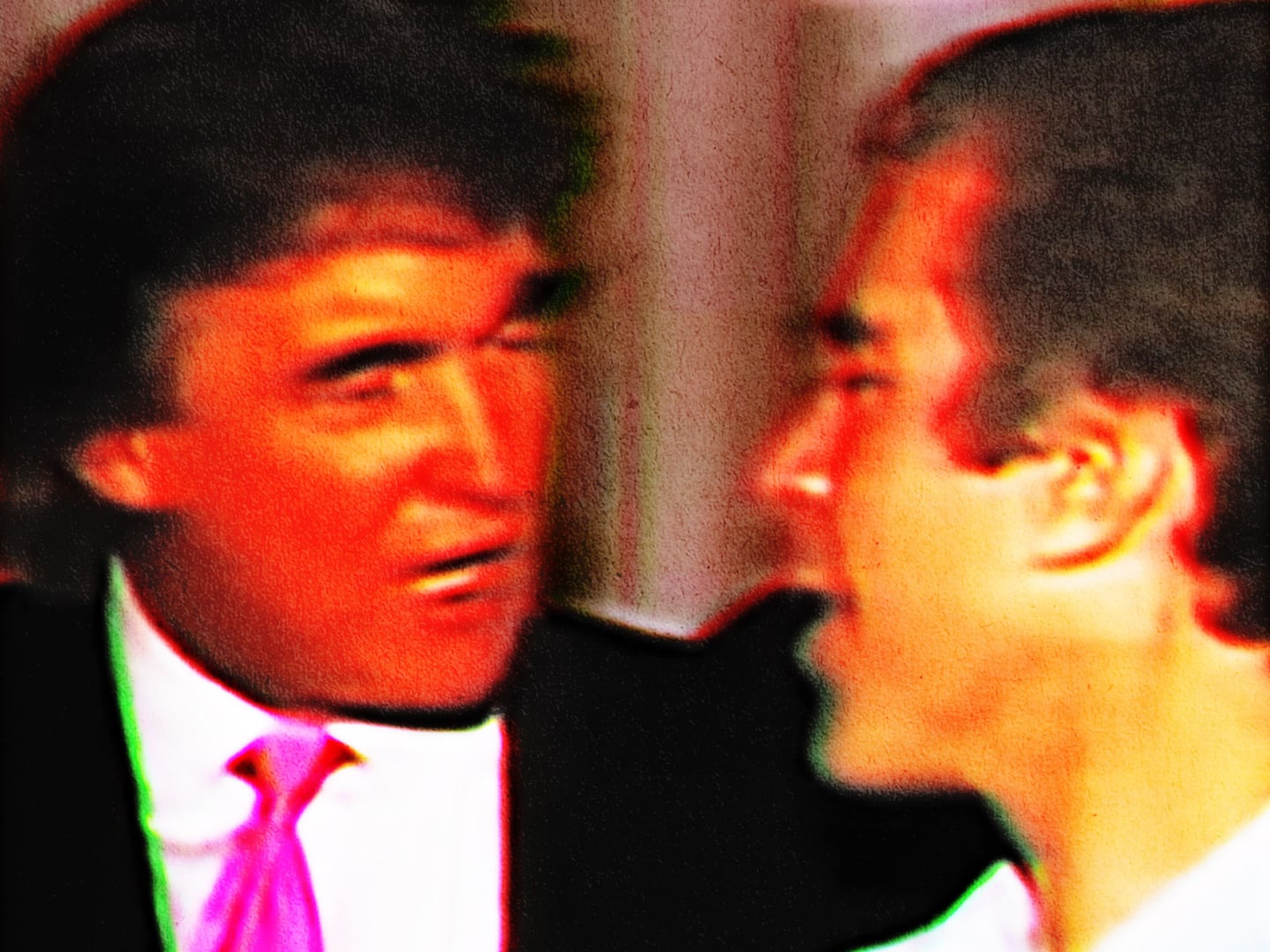Palm trees are an iconic sight in Los Angeles. But those trademark thin and wavy fronds swaying in the opening scenes of countless movies and music videos aren’t very climate change-friendly. For one thing, they’re inefficient at providing shade. And shade is a coveted resource in Los Angeles, a city on the front lines of global warming.
To combat the problem, the Los Angeles Department of Water and Power is funding a project by the nonprofit organization City Plants to give away hundreds of shade trees—for free. At least 23 varieties of shade trees will be given away. They range in size from the crape myrtle, whose pink blooms can grow up to 25 feet, to the California sycamore, whose branches can stretch as high as 80 feet.
The project allows L.A. residents to sign up online to have a shade tree delivered to their doorstep, with funding partially coming from the department’s energy efficiency program. The shade trees are considered an energy-efficient measure because they help buildings stay cool and cut their energy costs. Residents have a couple options when it comes to location: They can either plant the trees in their yard or in a vacant area on the side of a street.
“Palm trees are lovely and decorative and iconic. Alas, there’s no energy efficiency funding for them,” said Elizabeth Skrzat, program director at City Plants. “One of the biggest threats to L.A. from climate change is heat,” Skrzat said. “We are extremely susceptible to heat waves that can hurt or kill people. And trees are our best defense. They can cool entire neighborhoods down, especially if you have enough of them.”
The shade trees need less water than many people think. According to City Plants’ calculations, a young shade tree uses about the same amount of water as a 5-minute shower. By contrast, the average L.A. lawn uses about half the water that the house uses in a week—including every shower, toilet flush, and dishwasher cycle.
Planting more shade trees could also help improve the city’s air quality. As the average temperature has climbed in recent years, a thick gray smog has invaded Los Angeles during the summer, sending some residents to the hospital for asthma and other health conditions.
“The more sunlight and heat there is, the more smog is produced,” Andy Lipkis, founder and president of the nonprofit organization TreePeople, said. “So on a cold day, you don’t get the same amount of air pollution as you do on a hotter day.”
Besides contributing to cooler temperatures, trees can also combat smog by filtering pollutants from the air, Lipkis said. Pollutant particles—whether from diesel engines or power plants—stick to the bark and leaves, he said.
“The trees also breathe in chemicals like carbon monoxide that are hazardous to people,” Lipkis added. “They ingest them as they’re breathing in carbon dioxide and breathing out oxygen.”
Still, shade trees aren’t entirely without controversy. For one thing, some traditionalists prefer the palm trees for their aesthetic value. “It’ll change the overall aesthetic because palm trees are so distinctive. It’s the look and feel of Los Angeles,” Carol Bornstein, director of the nature gardens at the Natural History Museum of Los Angeles, recently told The Guardian.
For another thing, the shade trees remain susceptible to several invasive species that have overtaken Southern California. Chief among those invasive species is the polyphagous spot hole borer, a dark brown or black beetle with saw-like projections on its back that has forged a global path of destruction.
In its home turf of Southeast Asia, the polyphagous shot hole borer—also called the tea shot hole borer—has brought economic devastation to tea growers. After hitching a ride on vessels bound for the United States, the pest has caused similar damage to trees in California and Florida.
At least 100 species found in Southern California—including many of the shade trees being planted—are susceptible to the shot hole borer. That makes the insect a “real conundrum” for the region, said Travis Huxman, professor of ecology and evolutionary biology at the University of California, Irvine.
But Huxman, whose campus has seen its trees overrun by the shot hole borer, said he still fully supports the project to plant more shade trees. The initiative is a “low-cost adaptation that helps with offsetting heat as well as limited water budgets in the region,” he said.
“It’s unfortunate that it intersects with an iconic visual of L.A.,” he added. “Maybe at one time, that palm tree image was very important, and it reflected people’s sense of the region. But, you know, the world does change. And these visuals are not always as permanent as we think they are.”






